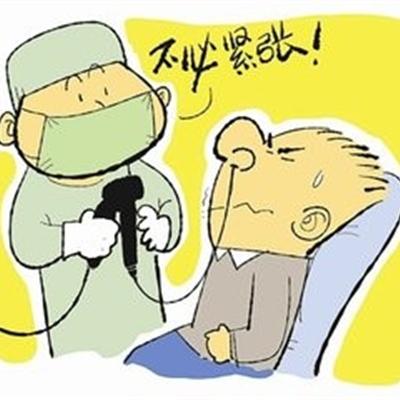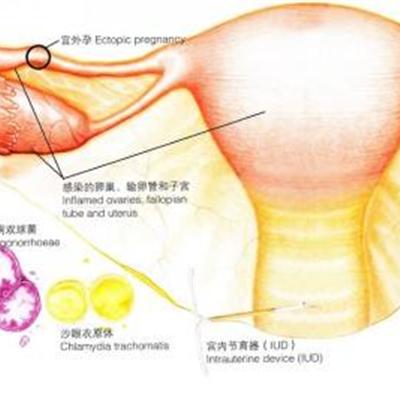Symptoms of venous thrombosis?
summary
Venous thrombosis is a common peripheral vascular disease. Venous valve insufficiency and pulmonary embolism caused by venous thrombosis of lower limbs are a great danger to the labor force and life safety of patients. The disease has been paid much attention in clinic. Symptoms of venous thrombosis? Let's talk about it
Symptoms of venous thrombosis?
Superficial vein thrombosis often involves the great saphenous vein or small saphenous vein or its branches, which mostly occurs on the basis of varicose veins. The main feature is the pain of the thrombosis site. There is a red, low fever cord in the superficial vein. There is tenderness and swelling around it. The embolus is not easy to fall off, and generally will not cause pulmonary embolism. In addition, migratory superficial venous thrombosis is often a suggestive symptom of cancer.
Calf deep vein thrombosis: often occurs in the deep veins of the leg, such as the posterior tibial vein and fibular vein. It is more common in patients who are bedridden and less active, and often occurs in the second week after operation. The left lower limb is the most common. The characteristic manifestations were pain and tenderness in the calf and fibular muscles, severe pain after exercise, especially in dorsiflexion, and no significant systemic symptoms. During the examination, there may be homan's sign, that is, leg extension, foot dorsiflexion, gastrocnemius muscle lesions, venous traction and pain. In addition, the circumference of gastrocnemius increased by more than 5 cm.
Iliac, femoral vein thrombosis: can be secondary to calf vein thrombosis, but more primary in the iliofemoral vein. Common in postpartum, acute onset, severe diffuse edema of affected limb, elevated skin temperature or slight cyanosis, superficial vein dilation, intolerable medial thigh pain and significant tenderness along the vein, especially in the femoral triangle. The general symptoms are not serious.
matters needing attention
In acute stage, patients need to rest in bed and raise the affected limb, which can relieve pain and promote local inflammation to subside. In order to prevent the spread of thrombosis, heparin and coumarins were used for anticoagulant treatment. In order to prevent venous dysfunction caused by thrombosis, thrombolytic therapy should be started in the early stage of the disease. The commonly used drugs are streptokinase and urokinase.








